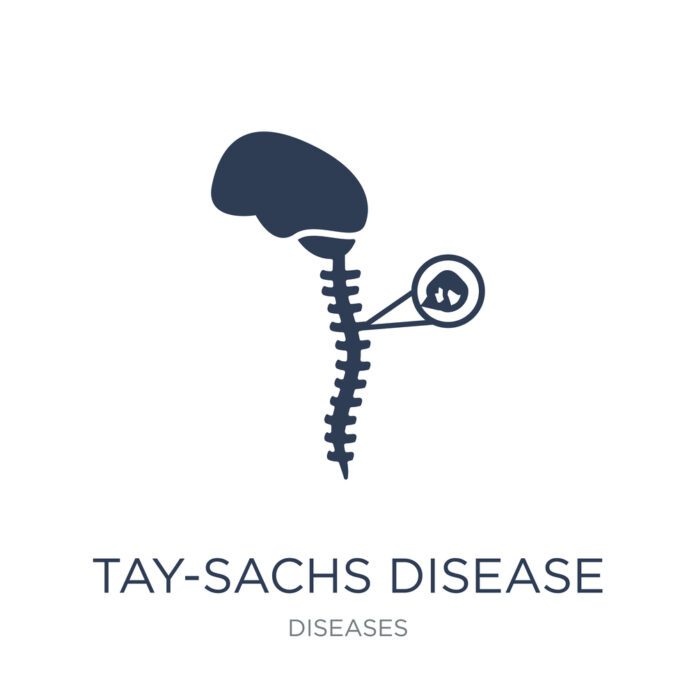Overview Of Tay-Sachs Disease
Tay-Sachs disease is a rare genetic disorder that results in progressive destruction of neurons within the person’s brain and spinal cord.
This particular disorder is a very rare one, and the genetic mutations that cause it are most often found in specific populations, particularly in people of Ashkenazi Jewish descent. However, other communities also have higher rates of this condition, such as specific French-Canadian communities in Quebec, Cajun populations in Louisiana, and the Old Order Amish community in Pennsylvania.
The inheritance of this condition is autosomal recessive. Simply put, that means that for a child to have the condition, both of their parents would have to have the recessive gene for the disorder. Carrier parents do not have the disorder themselves, but can pass it on to their children if their spouse or partner also has the same recessive gene.
Symptoms
The most common form of Tay-Sachs disease begins in infancy, with symptoms usually appearing around the age of 3-6 months.
These symptoms, in rough chronological order according to the progression of this disease, include:
- A cherry-red spot (eye abnormality)
- Slowed development and weakened muscles
- Loss of motor skills such as turning over, crawling, and sitting
- Development of an exaggerated startle reaction to loud noises
- Seizures
- Vision and hearing loss
- Intellectual disability
- Paralysis
Children with these symptoms have the severe infantile version of Tay-Sachs disease, and therefore do not typically live past very early childhood.
However, there are other forms of the disease, although they’re quite rare. Symptoms can appear later in these other forms, anywhere from childhood to adulthood. Usually symptoms are milder than the infantile form, although they can vary widely in severity.
Typical symptoms for these other forms include:
- Muscle weakness
- Ataxia (loss of muscle coordination)
- Difficulties with speech problems
- Mental illness
Commonly Associated With
B variant GM2 gangliosidosis, GM2 gangliosidosis, Hexosaminidase A deficiency, Hexosaminidase alpha-subunit deficiency (variant B), and Sphingolipidosis
Causes Of Tay-Sachs Disease
Tay-Sachs disease is genetic, and it results from various types of mutations within the HEXA gene. This gene is normally responsible for providing the needed instructions for the creation of an enzyme called beta-hexosaminidase A. This enzyme is crucial to the function of the person’s brain and spinal cord. But, without this enzyme, a substance called GM2 ganglioside builds up to toxic levels in the brain and spinal cord. This then damages the area by destroying neurons – without these essential neurons, the symptoms of Tay-Sachs disease begin to occur.
Tay-Sachs disease is also called a lysosomal storage disorder or a GM2-gangliosis. These names refer to how the disease comes about/progresses.
Treatment
Unfortunately, there is no current treatment for Tay-Sachs disease, and the severe infantile form is considered deadly. Most treatments tend to focus on the symptoms, such as using anti-seizure medications for those suffering from seizures.



